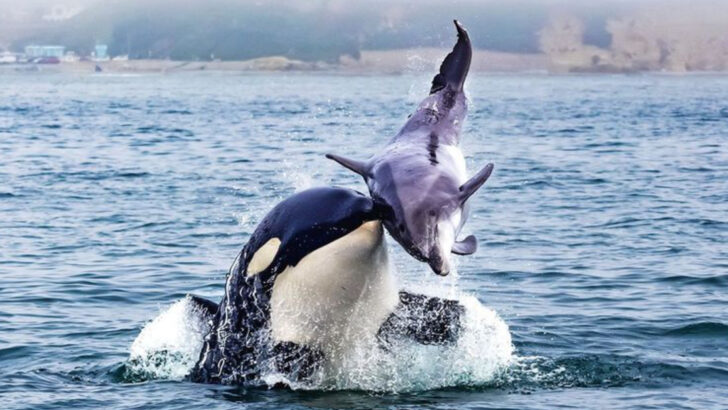Some predators don’t just hunt—they terrify.
Imagine a fish that lures prey with a glowing light on its head. Or a bug that turns its saliva into a glue trap. These creatures sound made up, but they’re 100% real—and they’re out there, right now, pulling off stunts that would make a sci-fi writer jealous.
From deep-sea monsters with extendable jaws to jungle assassins with heat vision, these 19 animals come equipped with hunting adaptations so bizarre, they blur the line between evolution and imagination.
Nature doesn’t play fair—and these predators prove it. Let’s take a look at the wildest weapons in the animal world.
Pistol Shrimp
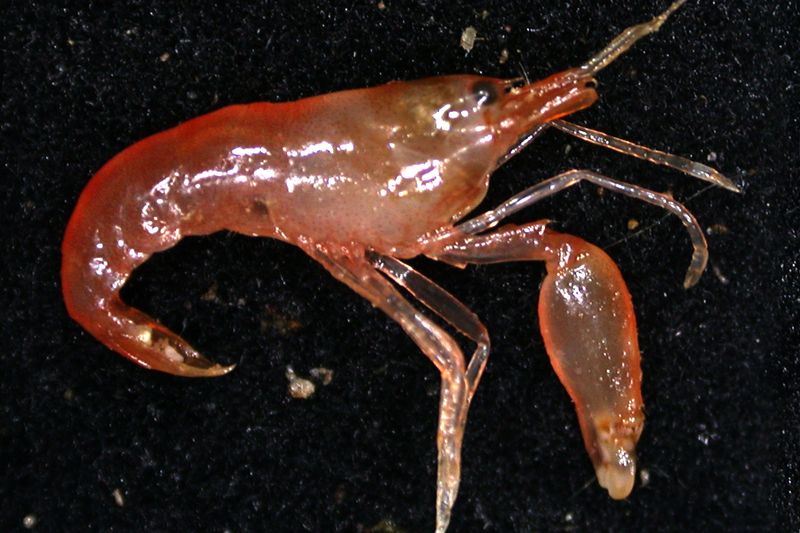
The pistol shrimp is a marvel of nature, wielding one claw larger than the other. This tiny creature’s weapon of choice is a snapping claw, capable of producing a sound louder than a gunshot.
When the claw snaps shut, it releases a high-pressure bubble that stuns prey with its shockwave. This adaptation allows the shrimp to hunt small fish and crustaceans with precision.
In the vibrant underwater ecosystems, the pistol shrimp’s hunting technique is both a spectacle and a testament to the ingenuity of nature. This little predator proves that size doesn’t always determine strength.
Archerfish
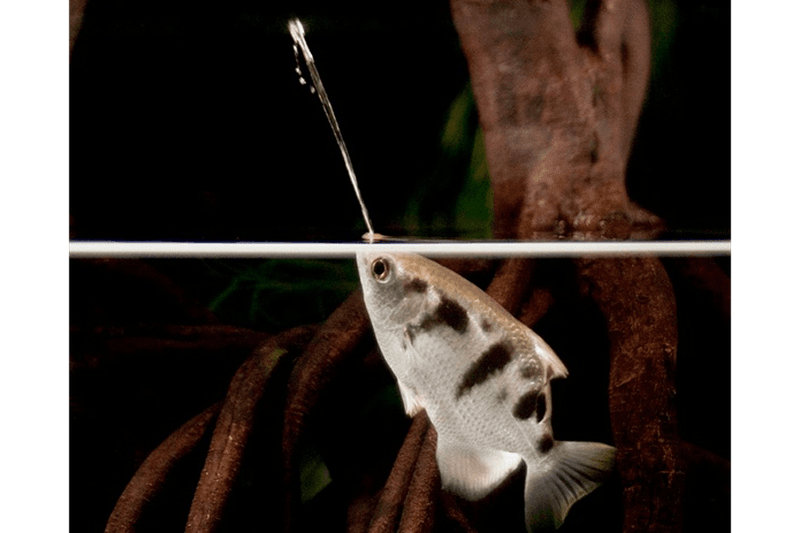
With unerring accuracy, the archerfish shoots down insects from overhanging branches. It uses its mouth to squirt a jet of water, knocking prey into the water.
This remarkable ability requires precise calculation of distance and angle, making the archerfish a master marksman. It can hit its target up to two meters away.
Found in Southeast Asian waters, the archerfish’s skill is a perfect blend of talent and adaptation. Its ability to convert water into a hunting tool is nothing short of extraordinary, proving that in nature, creativity reigns supreme.
Trapdoor Spider

Ever the ambush predator, the trapdoor spider waits patiently hidden under a camouflaged lid. When prey comes close, it leaps out with stunning speed and accuracy.
Using its silk-lined burrow, the spider constructs a hinged door that blends into the surroundings. This adaptation makes it an invisible threat to insects passing by.
In the world of stealth hunters, the trapdoor spider’s ingenuity stands out. Its ability to remain unseen until the perfect moment exemplifies the blend of patience and precision that defines successful predation.
Electric Eel
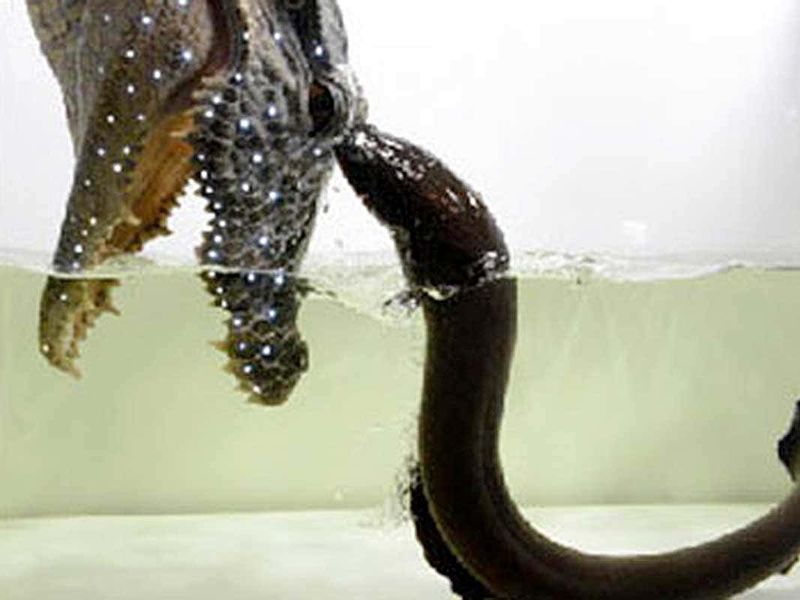
Known for its electrifying presence, the electric eel uses powerful electric shocks to incapacitate prey. This adaptation is both defense and offense, keeping it safe and fed.
Living in the Amazon and Orinoco rivers, it navigates murky waters using electric fields to locate prey. Once detected, the eel delivers a shock strong enough to stun fish.
The electric eel’s hunting adaptation is a brilliant example of nature’s ingenuity, showcasing how energy can be harnessed in lethal ways. This unique predator dominates its environment with its shocking prowess.
Star-Nosed Mole
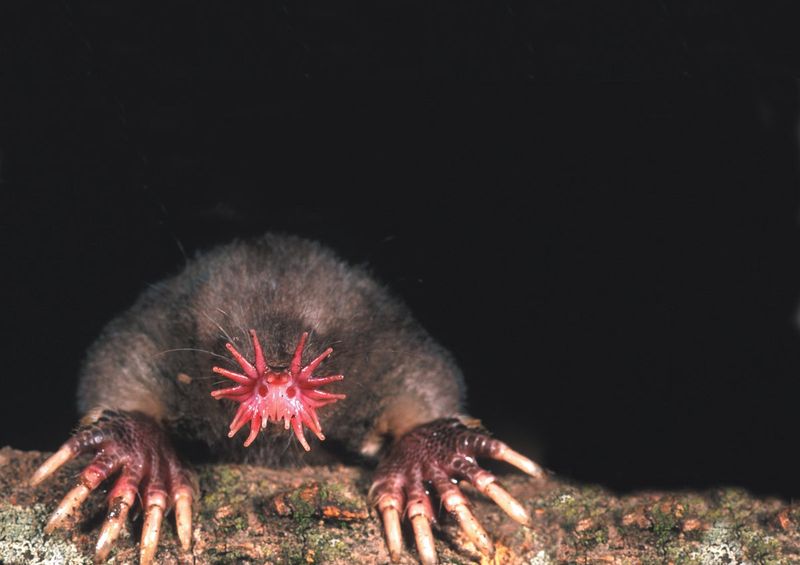
With a nose like no other, the star-nosed mole detects prey in complete darkness. Its nose is covered in sensory receptors, making it a highly effective tool for hunting underground.
This mole’s star-shaped appendage allows it to identify and capture insects with remarkable speed. It can identify prey in less than a quarter of a second.
Roaming the eastern United States and Canada, the star-nosed mole transforms its sensory appendages into a hunting superpower. In the subterranean world, this mole’s nose is an unparalleled asset.
Mantis Shrimp
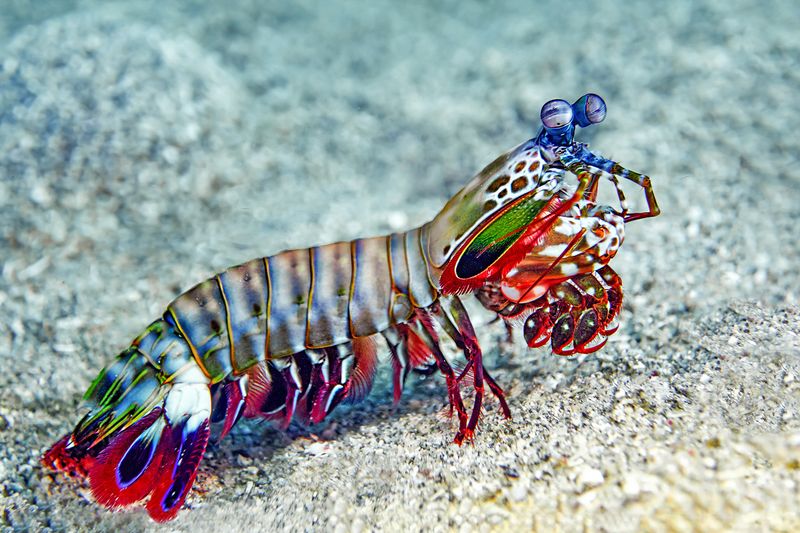
The mantis shrimp is a formidable predator, known for its swift and deadly strike. Its claws accelerate faster than a bullet, delivering a punch strong enough to break glass.
These creatures use their claws to crack open shells and incapacitate prey, making them powerful hunters despite their size.
Living in tropical and subtropical waters, the mantis shrimp’s hunting prowess highlights the raw power and speed found in nature. With incredible eyesight, they detect prey that other predators might miss, ensuring their dominance in their vibrant underwater realm.
Chameleon
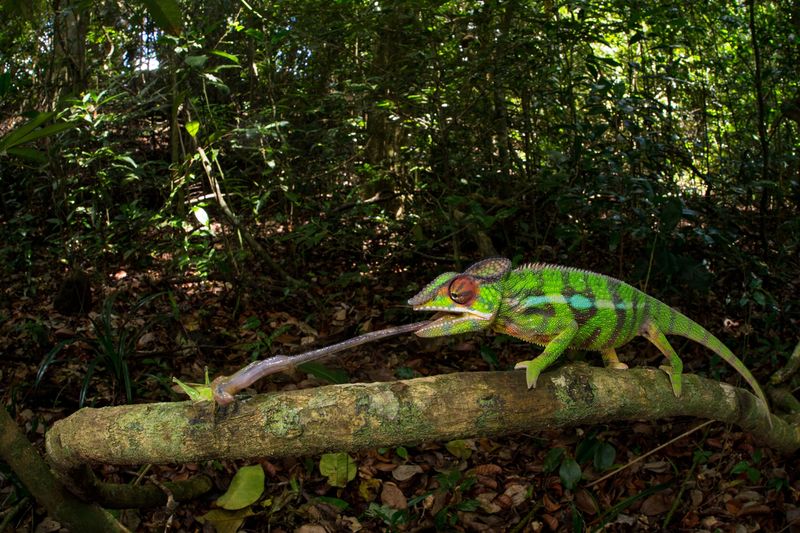
Chameleons are masters of disguise and hunters of the insect world. Their long, sticky tongues shoot out with remarkable speed, snagging unsuspecting prey.
The chameleon’s ability to change color provides camouflage, allowing it to approach insects stealthily. This dual adaptation makes it a highly effective predator in its environment.
In the jungles and forests where they dwell, chameleons use their unique hunting tools to great effect. Their ability to blend into surroundings and capture prey with precision showcases nature’s creativity in the art of predation.
Anglerfish
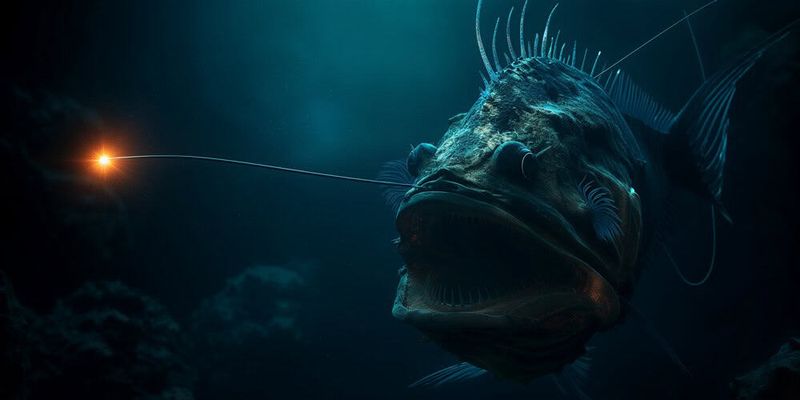
In the inky abyss of the deep ocean, the anglerfish reigns with its glowing lure. This bioluminescent appendage attracts prey, drawing them close enough for a swift capture.
The anglerfish’s adaptation is a perfect example of form meeting function, where light becomes a deadly deception. Its hunting ground is an alien world, where only the most adept survive.
Hunting in darkness, the anglerfish’s lure is an ingenious tool that enhances its predatory skills. This eerie creature exemplifies how life in extreme environments leads to extraordinary adaptations.
Woodpecker Finch
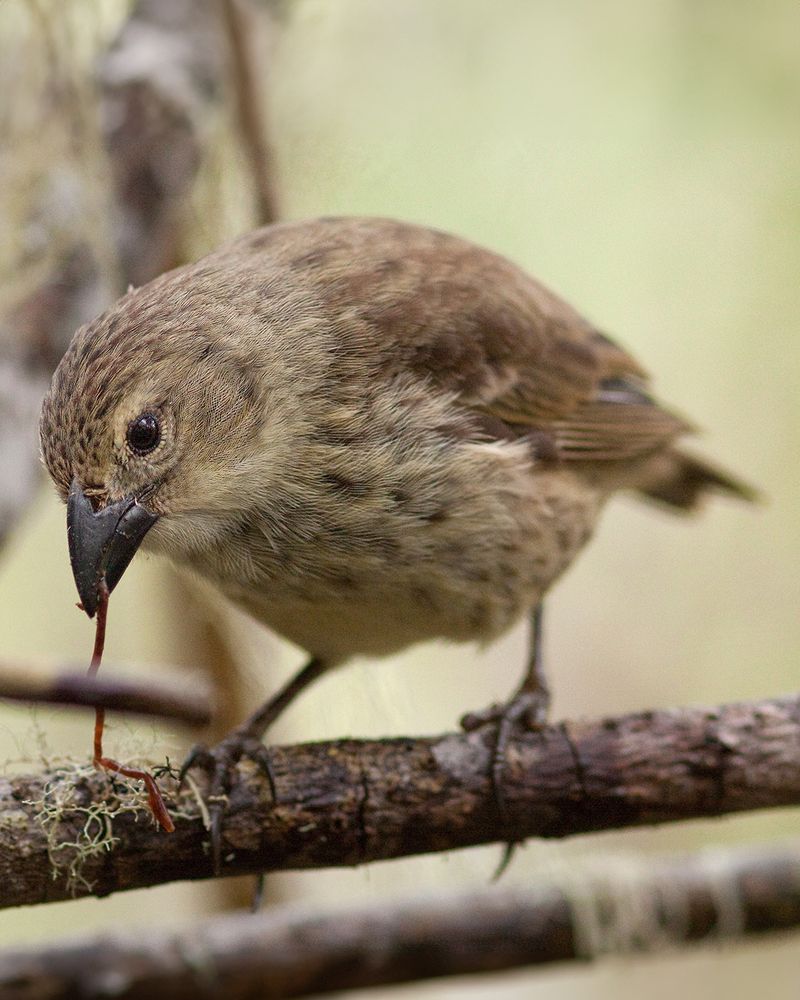
The woodpecker finch of the Galápagos Islands showcases intelligence in its hunting strategy. It uses twigs as tools to extract insects from tree bark, demonstrating problem-solving skills.
This finch’s behavior highlights a level of cognitive ability rare in the animal kingdom. By utilizing tools, it accesses food hidden from other birds.
Residing in a competitive ecosystem, the woodpecker finch’s ingenuity serves as a reminder of nature’s capacity for innovation. Its tool-using adaptation provides a unique glimpse into the evolution of intelligence among birds.
Komodo Dragon
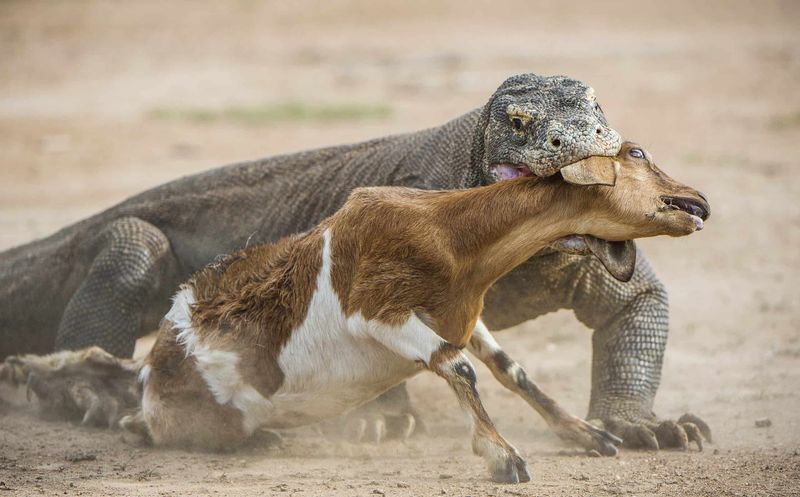
The Komodo dragon, a giant among lizards, is a predator of mythical proportions. It uses venomous saliva to weaken prey, biting and tracking them until they succumb.
This reptile’s hunting strategy emphasizes patience and persistence. Once bitten, the prey is followed persistently until it collapses from the toxins.
Inhabiting Indonesian islands, the Komodo dragon’s fearsome reputation is well-earned. Its hunting adaptation is a blend of raw power and chemical warfare, demonstrating the diverse strategies in nature’s arsenal for survival and dominance.
Flying Fish
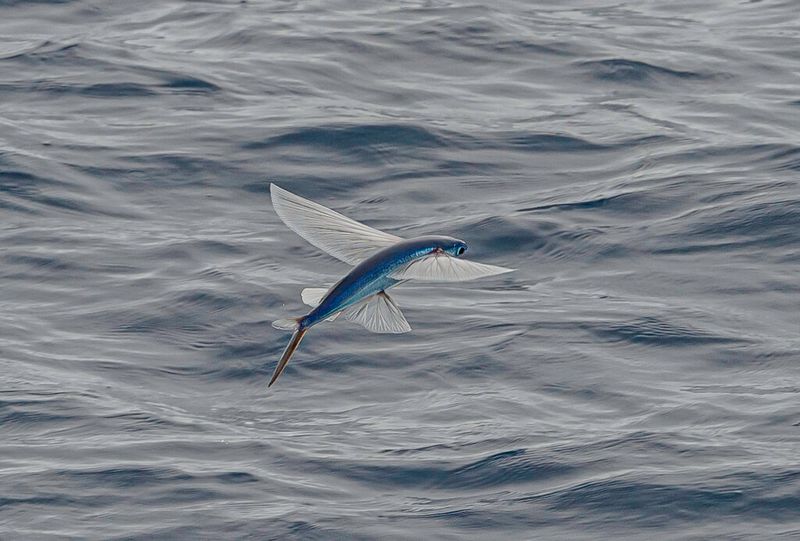
Imagine gliding over the waves like an avian acrobat! The flying fish leaps out of water, spreading its pectoral fins which act like wings. This escape tactic helps it evade ocean predators, turning it into a marvel both above and beneath the waves.
Its ability to soar through the air for distances of up to 655 feet is nothing short of miraculous. The fish achieves this by building up speed underwater, allowing it to break the surface with a powerful thrust.
Once airborne, it can glide gracefully over the sea, a sight that appears more fantasy than reality. Did you know? These fish can spend up to 45 seconds in flight!
Cuttlefish
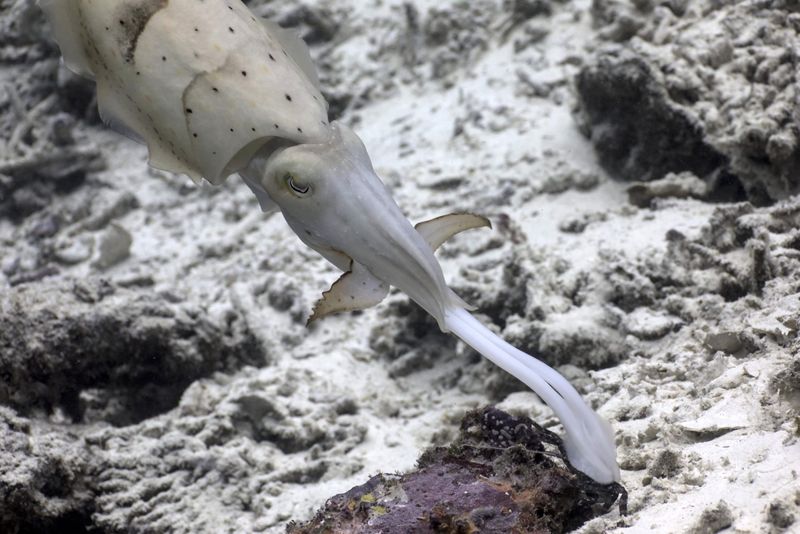
Cuttlefish are masters of disguise, able to change color and texture to blend into their surroundings. This camouflaging ability aids in ambushing prey with lethal precision.
Beyond disguise, cuttlefish possess tentacles that shoot out rapidly to snatch prey, combining stealth with speed. This dual adaptation makes them formidable hunters.
In the diverse marine habitats they inhabit, cuttlefish exemplify adaptability and intelligence. Their ability to transform at will and capture prey in an instant underscores the complexity and wonder of oceanic life.
Bald Eagle
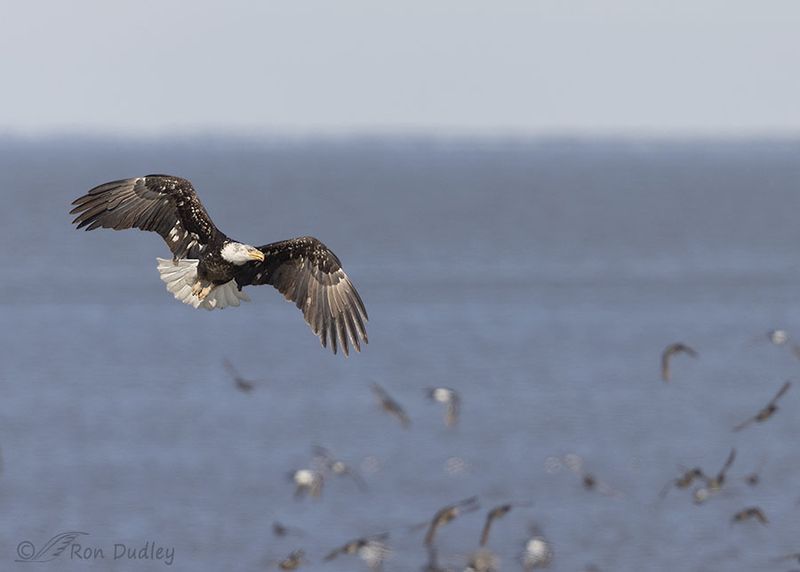
With vision unlike any other, the bald eagle spots prey from great heights. Its keen eyesight allows it to detect even the slightest movement below.
The eagle dives with incredible speed, talons outstretched to snatch prey with precision. This hunting prowess makes it the emblem of strength and freedom.
Roaming the skies of North America, the bald eagle’s predatory skills are a testament to nature’s excellence. Its ability to see what others cannot ensures its place atop the avian food chain, a true sovereign of the skies.
Platypus
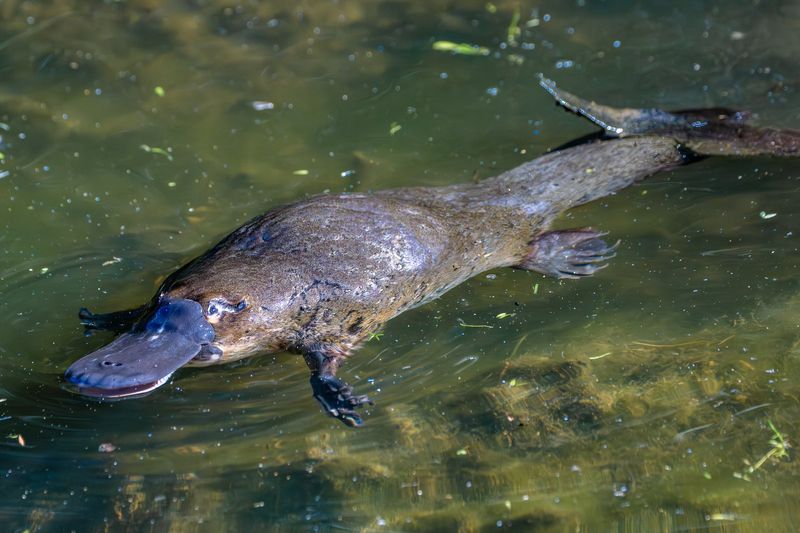
The platypus, a curious creature, hunts with an unexpected tool – electrolocation. Its bill senses electrical signals emitted by prey, allowing it to hunt underwater.
This adaptation is essential for navigating and locating food in murky waters. The platypus’ technique is a unique fusion of mammalian and aquatic traits.
In the rivers of Australia, this enigmatic animal showcases nature’s creativity. Its ability to detect otherwise invisible prey highlights the diverse strategies life employs to thrive in varied environments. The platypus remains one of nature’s most intriguing anomalies.
Orca
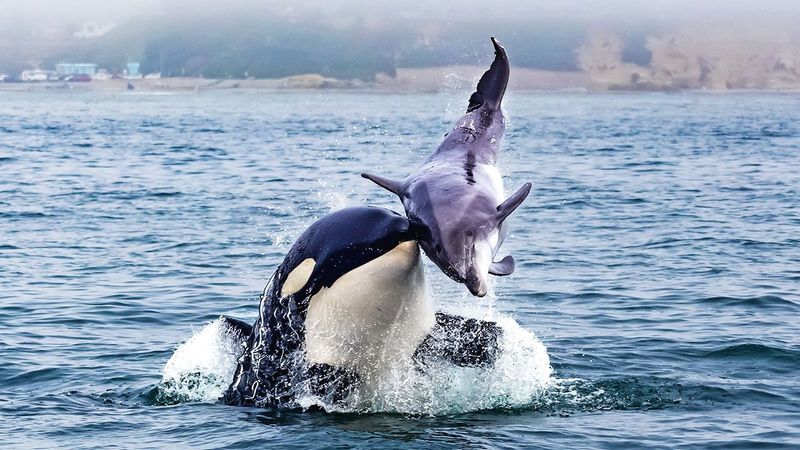
Orcas, or killer whales, are apex predators renowned for their intelligence and teamwork. They hunt in pods, using sophisticated strategies to trap and capture prey.
From creating waves to wash seals off ice to coordinated attacks on schools of fish, their methods are diverse and effective.
In oceans worldwide, orcas demonstrate the power of collaboration in hunting. Their social structure and cunning tactics highlight the intelligence and adaptability that define successful predators. These marine mammals command respect and admiration across the seas.
Praying Mantis
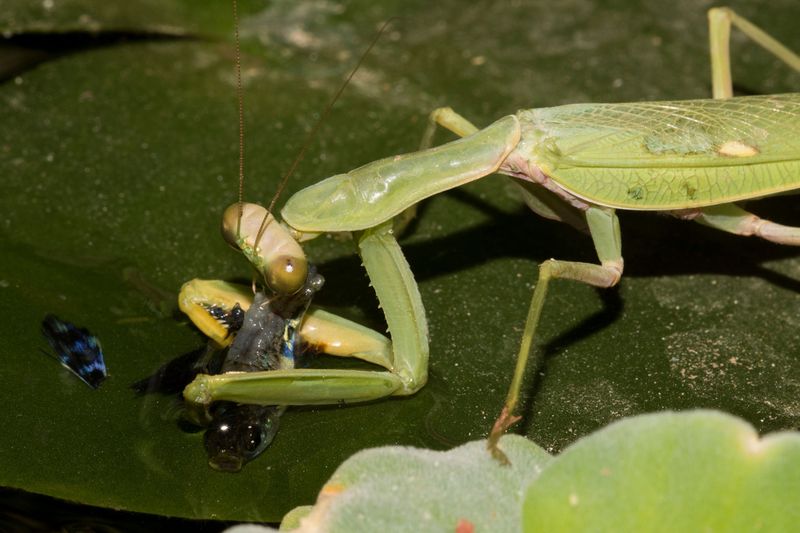
The praying mantis, with its predatory poise, is a master of patience and precision. Its forelegs, equipped with spikes, swiftly capture prey.
Camouflaging within foliage, the mantis waits motionless for unsuspecting insects to approach. This element of surprise is key to its hunting success.
In gardens and fields, the mantis exemplifies the silent hunter archetype. Its technique relies on stillness and sudden action, a strategy that has proven effective in the insect world. The mantis remains a fascinating example of evolutionary refinement and skill.
African Wild Dog
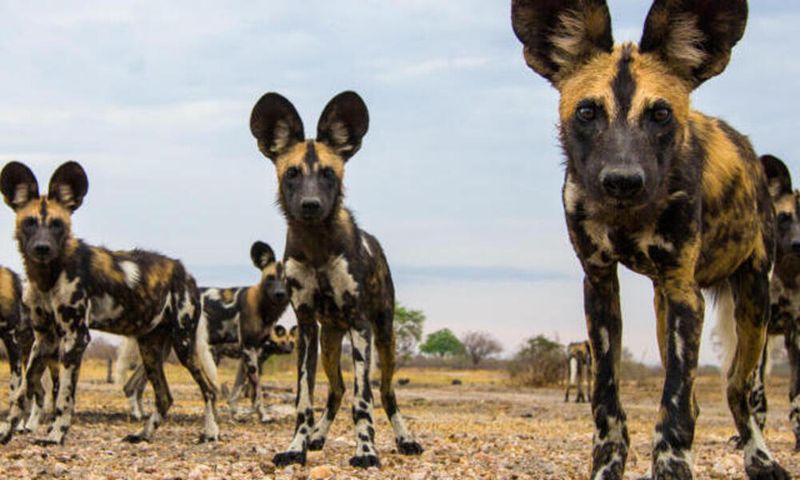
The African wild dog, a social predator, relies on pack dynamics to hunt. Their cooperative strategy enables them to take down much larger prey.
With stamina and coordination, these dogs pursue targets over long distances, eventually wearing them down. This teamwork makes them highly effective hunters.
On the African savannas, their pack hunting is a finely tuned operation. The wild dog’s success lies in its social structure, illustrating the strength found in unity. This predator’s tactics are a remarkable example of nature’s collaborative spirit in action.
Dragonfly
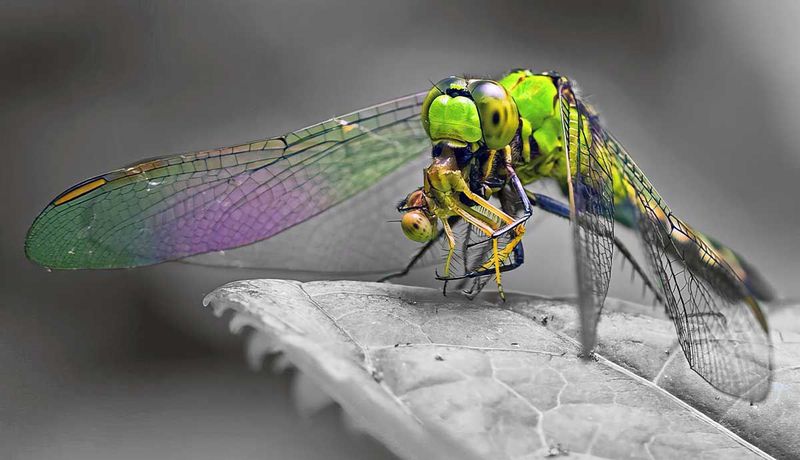
Aerial acrobatics define the dragonfly’s hunting prowess. With superior flying skills, it catches insects in mid-air, an aerial predator par excellence.
Dragonflies have acute vision, allowing them to spot and track prey with precision. Their flight is a balance of speed, agility, and control.
In sunny fields and near water bodies, these insects demonstrate nature’s elegance and efficiency. Their ability to maneuver swiftly and capture prey mid-flight is a testament to their evolutionary success. The dragonfly embodies grace and precision, a master of the skies.
Pacific Barreleye Fish
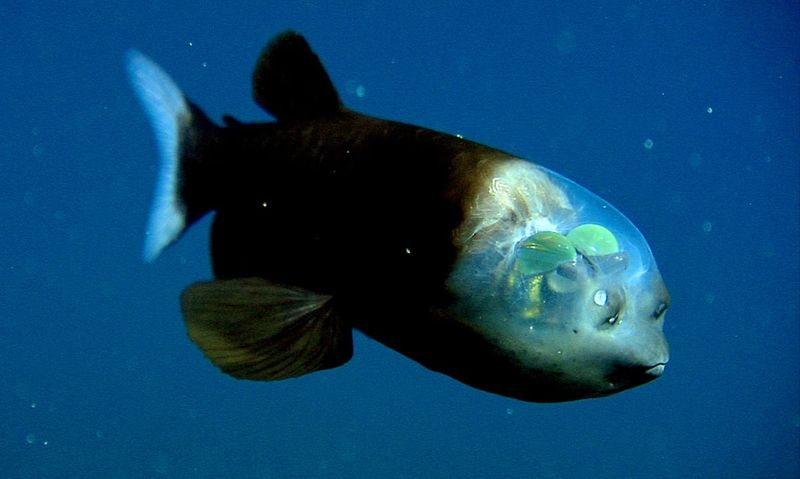
The Pacific barreleye fish, with its transparent head and tubular eyes, looks like something out of a sci-fi movie. This elusive deep-sea dweller uses its astonishingly clear forehead to look up through the water, spotting prey even in near darkness.
Its eyes, capable of rotating within its head, allow the fish to track jellyfish and other organisms from below. This adaptation helps it navigate the murky depths with precision.
Did you know? The barreleye’s unique anatomy was a mystery for years, until researchers discovered its true function through deep-sea exploration.

